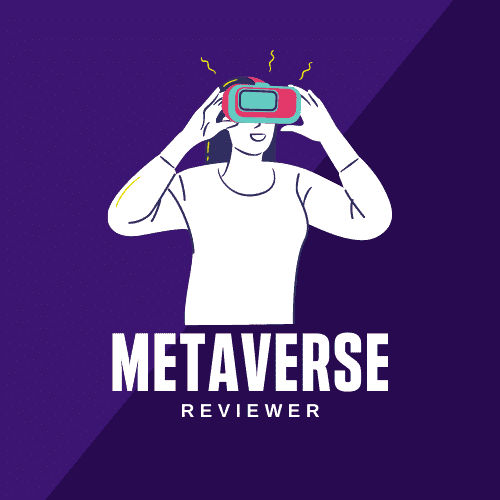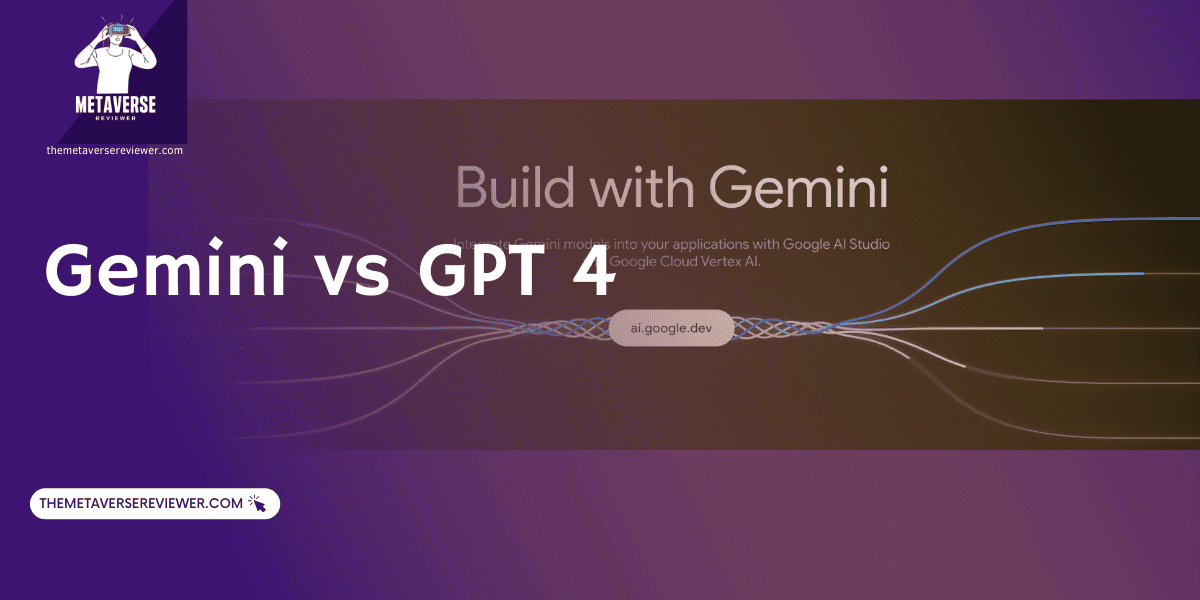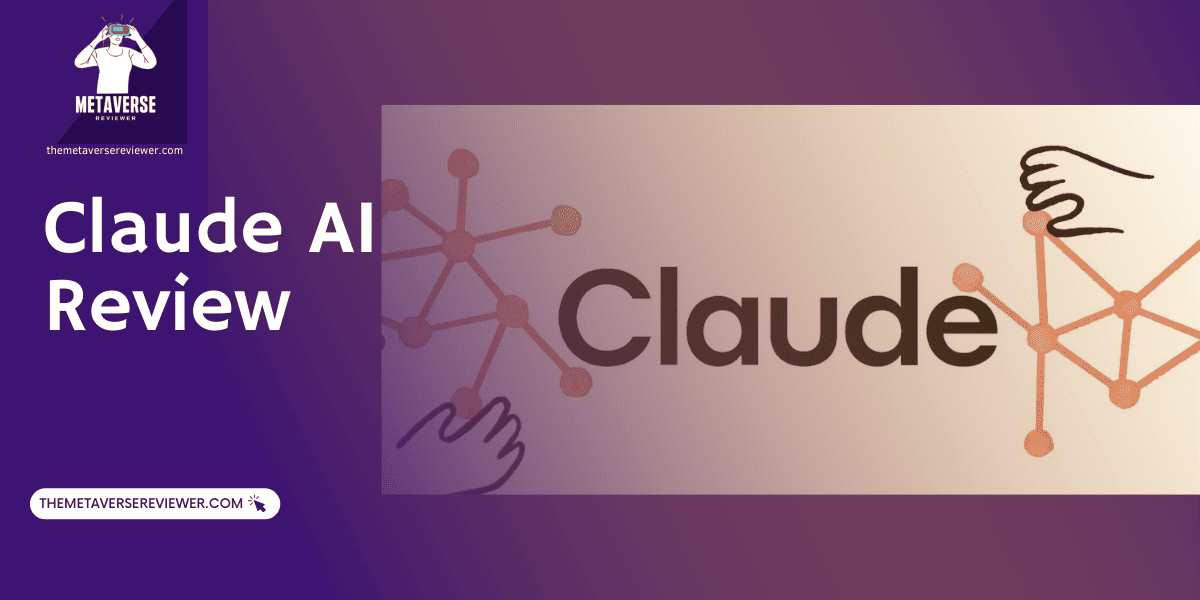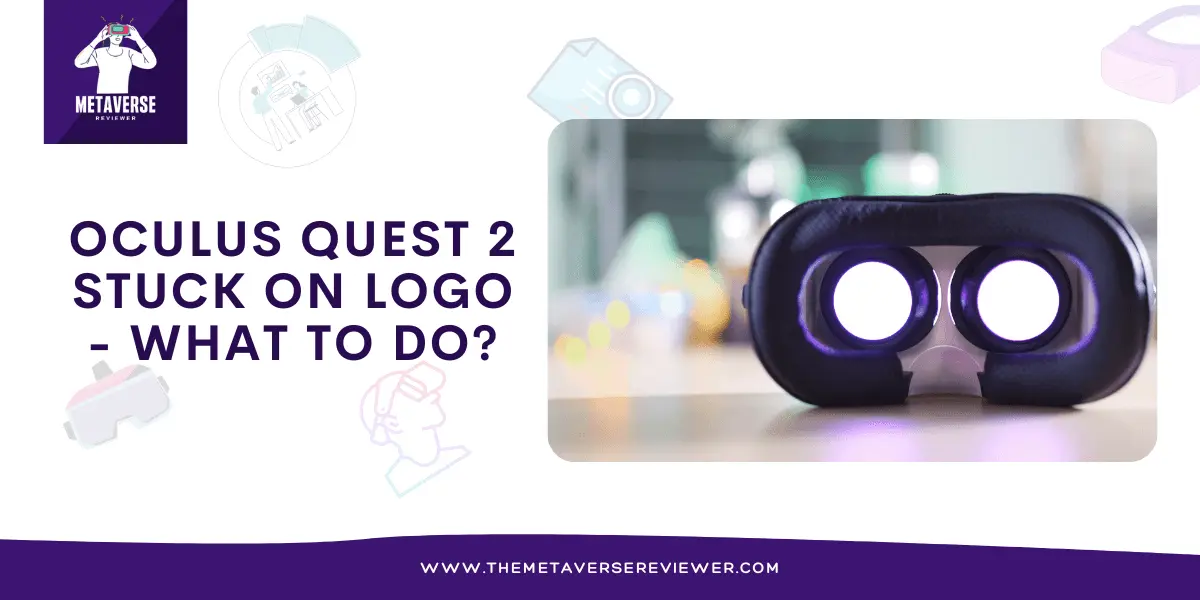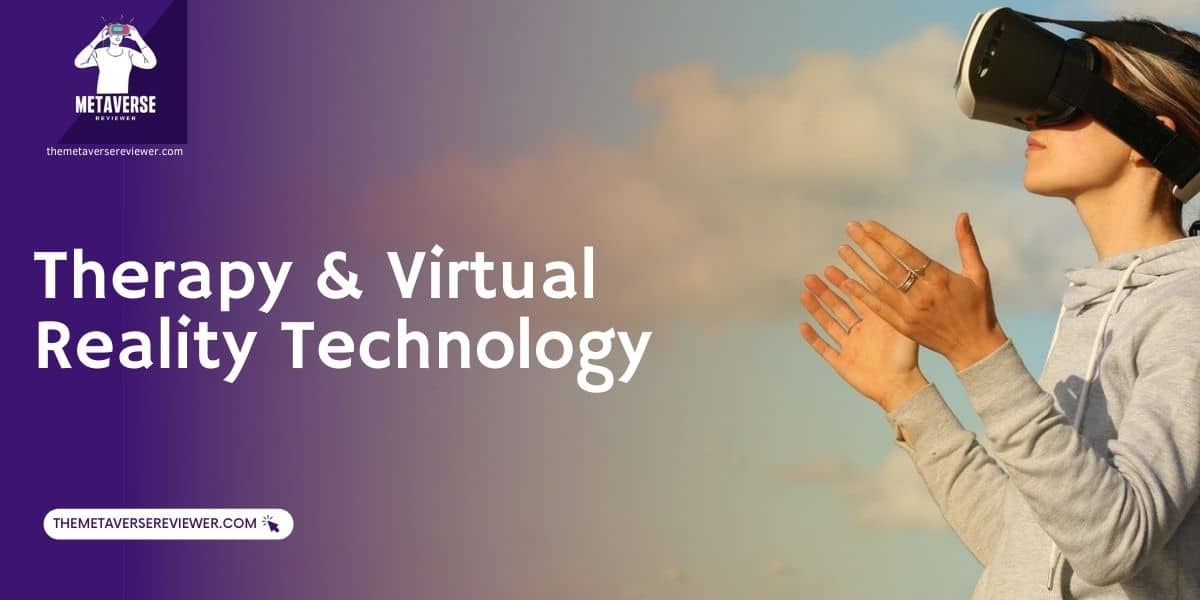In the rapidly evolving landscape of natural language processing, OpenAI has unveiled its latest marvel – the GPT-4 language model. This article delves into the evolution from ChatGPT 3 to the cutting-edge ChatGPT 4 Turbo, exploring the key enhancements and features.
Before we explore the advancements, let’s take a moment to understand the foundation. ChatGPT 3 set a benchmark, and now, ChatGPT 4 Turbo raises the bar with improvements in parameter count, context window size, accuracy, multimodal capabilities, and more.
GPT-3.5 vs GPT-4 Turbo: Differences
| Feature | GPT-3.5 | GPT-4 Turbo |
|---|---|---|
| Parameter count | 137B | 1.75T |
| Description | A significant increase in parameters, allowing for more complex and nuanced responses. | A massive leap in parameters, enabling the model to handle even the most demanding tasks. |
| Impact | Improves the model’s ability to understand context, distinguish nuances, and generate more accurate and coherent responses. | Enables the model to analyze and generate multimodal content, including text, images, and voice. |
| Example use cases | Summarizing text, providing definitions, answering questions about general knowledge. | Generating creative text formats, translating languages, writing different kinds of creative content. |
| Instruction following | Good | Excellent |
| Description | The model can effectively follow instructions and complete tasks as directed. | The model exhibits exceptional instruction following capabilities, reliably executing even complex and multi-step instructions. |
| Impact | Enhances the model’s applicability in tasks that require precise adherence to instructions. | Makes the model suitable for tasks that demand high levels of accuracy and precision. |
| Multimodal capabilities | Limited | Extensive |
| Description | The model can process and generate plain text input and output. | The model can analyze and generate multimodal content, including text, images, and voice. |
| Impact | Restricts the model’s application to tasks involving text-based communication. | Expands the model’s capabilities to handle tasks involving various media formats. |
| Example use cases | Chat conversations, text summarization, question answering. | Image generation, video editing, music composition. |
| Pricing | Free | Higher |
| Description | ChatGPT-3.5 is more affordable, making it accessible to a wider range of users. | ChatGPT-4 Turbo’s pricing reflects its advanced capabilities, targeting users with demanding requirements. |
| Target users | Users with less demanding requirements or those on a tighter budget. | Users who require the highest level of performance and multimodal capabilities. |
GPT-3.5 vs GPT-4 Turbo: Parameter Count and Training Data
The realm of large language models (LLMs) has witnessed remarkable advancements in recent years, with OpenAI’s GPT-3.5 and GPT-4 Turbo standing as testament to this progress. Both models have demonstrated impressive capabilities in generating human-quality text, translating languages, and writing various creative content. However, a key differentiator between these two iterations lies in their parameter count and training data, leading to notable distinctions in their performance.
ChatGPT 4 Turbo has a significantly higher parameter count than ChatGPT 3.5. This means that ChatGPT 4 Turbo has a larger and more complex neural network, which allows it to process and understand language with greater depth and nuance. As a result, ChatGPT 4 Turbo can generate more coherent and contextually relevant responses, and it is also better at understanding and responding to complex questions.
At the heart of every LLM lies a sophisticated neural network, a complex web of interconnected nodes that process and understand language. The number of these nodes, known as parameters, determines the model’s capacity to learn and retain information. GPT-3.5, with its 175 billion parameters, represents a significant leap forward from previous models. However, GPT-4 Turbo elevates the bar even further, boasting an estimated 100 trillion parameters. This exponential increase in parameter count empowers GPT-4 Turbo to process and comprehend language with greater depth and nuance, enabling it to generate more coherent and contextually relevant responses.
| Feature | ChatGPT 3.5 | ChatGPT 4 Turbo |
|---|---|---|
| Parameter count | 175 billion | Estimated 100 trillion |
The model demonstrates superior ability to:
- Generate more coherent and contextually relevant responses: GPT-4 Turbo’s enhanced understanding of language allows it to produce text that flows naturally and maintains consistency with the surrounding context.
- Better understand and respond to complex questions: The model’s ability to grasp intricate concepts and relationships enables it to provide insightful and comprehensive answers to even the most challenging inquiries.
- Translate languages with greater accuracy: GPT-4 Turbo’s refined understanding of both the source and target languages allows it to capture the subtle nuances of meaning, resulting in more accurate and nuanced translations.
- Write various creative content with greater finesse: The model’s ability to grasp the essence of different writing styles and genres empowers it to produce a wide range of creative content, from poetry and code to scripts and musical pieces.
GPT-3.5 vs GPT-4 Turbo: Context Window Size
Large language models, like ChatGPT 3 and GPT-4 Turbo, have revolutionized the way we interact with computers, enabling natural and engaging conversations. However, a crucial factor that sets these models apart is their context window size, the length of the preceding conversation that they can access and process when generating a response. ChatGPT 3, with its limited context window of 8,000 words, often struggled to maintain consistent and relevant responses over extended conversations. This is because the model’s ability to grasp the broader context was restricted, leading to responses that sometimes strayed from the topic or lacked coherence.
To address this limitation, GPT-4 Turbo introduces a significantly expanded context window of 64,000 words. This remarkable increase empowers the model to maintain a deeper understanding of the conversation’s flow and generate responses that are not only relevant to the immediate prompt but also seamlessly integrate with the preceding dialogue.
The Impact of Expanded Context Window
The benefits of GPT-4 Turbo’s enhanced context awareness are manifold:
- More Relevant and Consistent Responses: By having access to a broader context, GPT-4 Turbo can better understand the overall direction of the conversation and generate responses that are directly relevant to the topic at hand. This prevents the model from introducing unrelated or off-topic remarks, ensuring a more cohesive and natural flow of dialogue.
- Deeper Understanding of Complex Conversations: GPT-4 Turbo’s ability to process longer conversations enables it to grasp intricate relationships between concepts and ideas that may span multiple utterances. This is particularly beneficial in discussions that involve complex topics or require a deep understanding of the underlying context.
- Maintaining Conversational Cohesiveness: The model’s expanded context window allows it to track the development of themes, arguments, and emotional undertones throughout the conversation. This enables GPT-4 Turbo to generate responses that maintain consistency with the overall tone and direction of the dialogue, avoiding abrupt shifts or inconsistencies.
GPT-3.5 vs GPT-4 Turbo: Accuracy and Factual Consistency
GPT-4 Turbo addresses these challenges through several advancements:
- Enhanced Algorithms: GPT-4 Turbo incorporates improved algorithms that are better equipped to identify and filter out inaccuracies in the training data. This reduces the likelihood of the model producing factually incorrect responses.
- More Rigorous Training Process: The training process for GPT-4 Turbo has been refined to place a greater emphasis on accuracy and factual consistency. This involves incorporating additional measures to validate the information used for training and employing techniques to detect and correct errors.
- Fact-Checking and Verification Mechanisms: GPT-4 Turbo incorporates fact-checking and verification mechanisms to further enhance the reliability of its outputs. These mechanisms cross-reference the model’s responses against reputable sources and flag potential inconsistencies or inaccuracies.
Impact on User Experience and Trustworthiness
The improvements in accuracy and factual consistency have a direct impact on the user experience and trustworthiness of GPT-4 Turbo:
Reduced Errors: Users can be more confident in the information they receive from GPT-4 Turbo, knowing that the model is less prone to errors and inaccuracies. This enhances the overall user experience and encourages greater reliance on the model as a source of information.
Increased Trustworthiness: GPT-4 Turbo’s commitment to accuracy and factual consistency establishes it as a more trustworthy source of information. This is particularly important for applications where reliability and accuracy are critical, such as research, education, and decision-making.
GPT-3.5 vs GPT-4 Turbo: Multimodal Capabilities
A groundbreaking feature introduced in ChatGPT 4 Turbo is its multimodal capabilities. This means that ChatGPT 4 Turbo can seamlessly process and generate not only text but also images and code. This opens up a whole new realm of possibilities for applications that involve these different modalities. For instance, ChatGPT 4 Turbo could be used to generate image captions, translate code between programming languages, or even create interactive presentations that combine text, images, and code.
GPT-3.5 vs GPT-4 Turbo: Pricing
ChatGPT 4 Turbo’s pricing reflects its enhanced capabilities and is intended for users who require the highest level of performance. Users with less demanding requirements or those on a tighter budget may find ChatGPT 3.5 to be a more cost-effective option.
In conclusion, the choice between ChatGPT 4 Turbo and ChatGPT 3.5 depends on the specific needs and budget of the user. For users who demand the highest level of performance and multimodal capabilities, ChatGPT 4 Turbo is the superior choice. However, ChatGPT 3.5 remains a viable option for those with less demanding requirements or budget constraints.
- Claude AI Review: The Next-Generation AI Assistant to Love - December 3, 2023
- GPT-3.5 vs GPT-4 Turbo: What Are The Improvements - November 26, 2023
- Apple Vision Pro – Release date, Specs, Pricing and more - June 24, 2023
